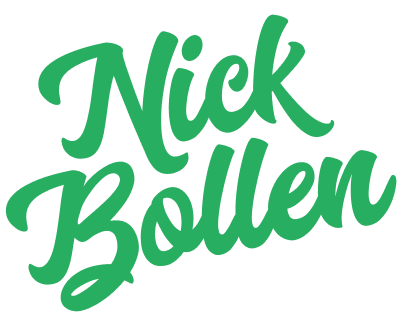Building Telstra’s Unified Design System
Telstra
At R/GA I redesigned the digital experience for Australia’s biggest brand and built a flexible design system used across web and native apps. Focused on visual storytelling, accessibility, and helping teams ship faster with consistent, on-brand UI.

Overview
As an Experience Designer at R/GA, I worked with Telstra — Australia’s largest telecommunications provider — on an 8-month embedded engagement. Our goal: unify Telstra’s digital identity and develop a scalable design system that would bring clarity, cohesion, and consistency to all customer-facing platforms.
My role included accessibility design, UI specification, and collaborating closely with other designers, engineers, and strategists across R/GA and Telstra teams.
The Challenge
Telstra’s digital experience was fragmented across platforms and product teams, leading to inconsistent branding, confusing interactions, and usability issues.
Additionally, internal alignment was lacking:
- Multiple brand expressions were in use
- No centralized design system
- Accessibility and consistency were not enforced
Our challenge was to bring visual and functional unity across B2C and B2B properties, guided by a flexible yet systematic design approach that respected Telstra’s evolving brand.
My Approach
We delivered a responsive, modular, and accessible design system rooted in atomic design principles. Our team focused on:
Sprint-by-sprint highlights:
Sprint 1–2
- Conducted a UX audit across customer journeys
- Ran workshops to uncover interaction inconsistencies
Sprint 3–4
- Established scalable UI guidelines
- Created reusable components for cards, CTAs, pricing tables, and forms
Sprint 5–6
- Designed and spec’d screen-level layouts for web and app
- Collaborated closely with Telstra developers to ensure fidelity
Sprint 7–8
- Delivered final UI kits, tokens, and documentation
- Supported implementation and future governance roadmap
Throughout the process, I partnered with accessibility experts and Telstra’s in-house team to ensure WCAG compliance, inclusive patterns, and forward-compatible components.
The Outcome
- Successfully unified Telstra’s brand across its digital ecosystem
- Developed a scalable design system used by internal and external teams
- Increased design-to-dev speed and reduced redundancy
- Enabled future product teams to prototype and build faster
- Created reusable components for common flows like plan comparison, device selection, and purchase
